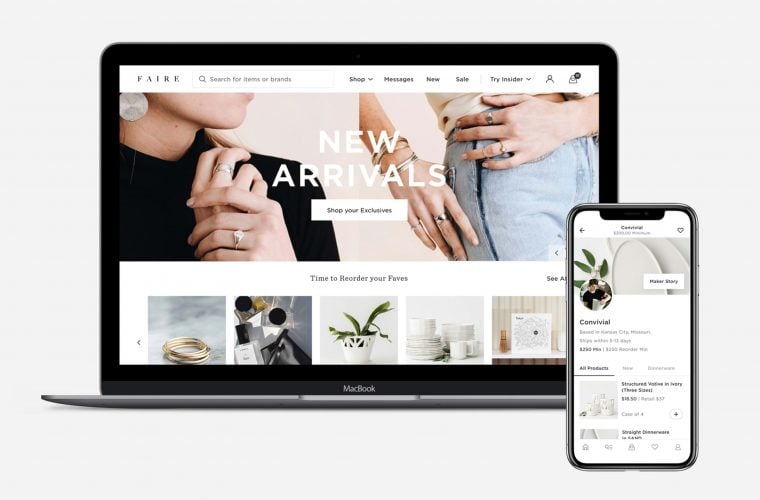
How to Gain More Visibility For Your Online Store
So, you’ve got an eCommerce store, but you’re unsure how to get more traffic to it? You’re in luck—we know exactly what you need to do to increase your web traffic and visibility. Whether you’re selling alternatives to tobacco products, CBD oil, organic food, or even iPhone cases, these strategies can work across all industries for a variety of products.
The formula remains much the same across different websites. You need to appeal to an audience and then follow up with that audience, provide valuable content to keep them engaged, and give them a reason to keep coming back to your site. Most importantly, you need to track your results to see where you went wrong (or where you got it right!).
Here’s how to gain more visibility for your online store.
Use Comparative Ads
One of the best ways to appeal to a new customer is to compare your brand with a competitor (in a positive light, of course). Are your products cheaper? Of a higher quality? Do customers leave far better reviews for your brand? We’ve all seen the kind of ads where it’s a picture of one product and its price next to the company’s own product. We get a quick glimpse of how similar the products are in make and quality, but the price difference usually helps to sway the customer’s purchasing decision.
Be careful when comparing yourself to competitors. When you’re crafting your ad, be sure you have all the details about the competition’s product. You wouldn’t want to craft an ad with false information or something customers might notice. This could feel like you’re slandering the competition rather than performing a fair and accurate comparison.
Remember, customers appreciate honesty. If your products are genuinely more affordable, of a higher quality, or you have better customer service, the results will speak for themselves. Don’t stoop to slandering competitors and building that sort of reputation for your brand.
Don’t Forget About Social Media
Social media is one of the best marketing tools that the modern business has available to it. Not only can you reach vast numbers of people via the platform(s), but you can also choose specific demographics to appeal to based on your target audience. Create custom ad campaigns by location, age, and gender demographics for better reach.
Social media also acts as a newsfeed for customers where you can post company updates, product photos, and pricing. Think of this as a sort of “bridge” between you and your customers. You can keep your brand in the forefront of your customers’ minds without ever having to interact with them in person!
You should always have a link to your online store on your social media pages. This will allow customers to easily navigate to your products with the click of a button, instead of searching for the URL and manually entering it into the search bar.
Use Analytics
How will you ever know if your efforts are paying off if you’re not looking at your web analytics? Analytics can tell you more than just how many people visited your site; you’ll be able to see which countries your visitors came from, how much time they spent on your site, their age and gender in some cases, and more. The most popular analytics tool is Google Analytics, which can be used with pretty much any website.
Blogs Help Boost Traffic
Let’s say you’re selling organic food on your website. You’ve got the eCommerce side of things all set up, but you’re unsure how to get more people to view the store and purchase your products. Other than an “About Us” section, your website is pretty barren aside from the online store.
This is where a blog comes in. Even if you don’t fancy yourself much of a writer, you can hire copywriters to create SEO-optimized blog posts to help drive traffic to your site. In fact, driving traffic through blogs is highly effective. You’re providing the potential customer with something of value before they ever see your products!
SEO refers to search engine optimization, which is where your site ranks on search engines like Google, Bing, etc. The better you rank for certain keywords, the more likely it is that you’ll have more visitors. Don’t neglect your site’s SEO—it could mean the difference between increased traffic and a dead site.
Interact With The Customers
An eCommerce experience can quickly feel impersonal, since all customer interaction is via the web. It’s important to interact with customers to bring that touch of “in-person” business to the eCommerce experience. You can do things like send a follow-up email after a purchase with a thank-you note, send email correspondence if the customer hasn’t shopped with you in a while, and reach out to customers via social media.














